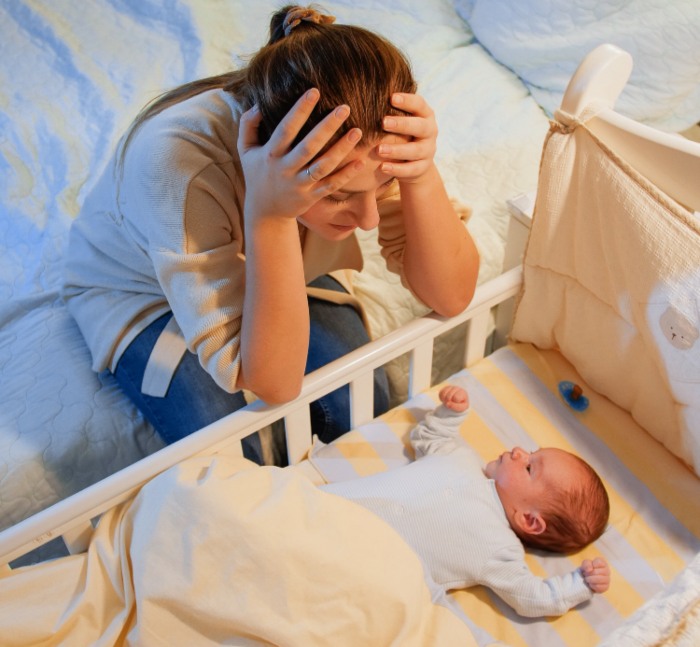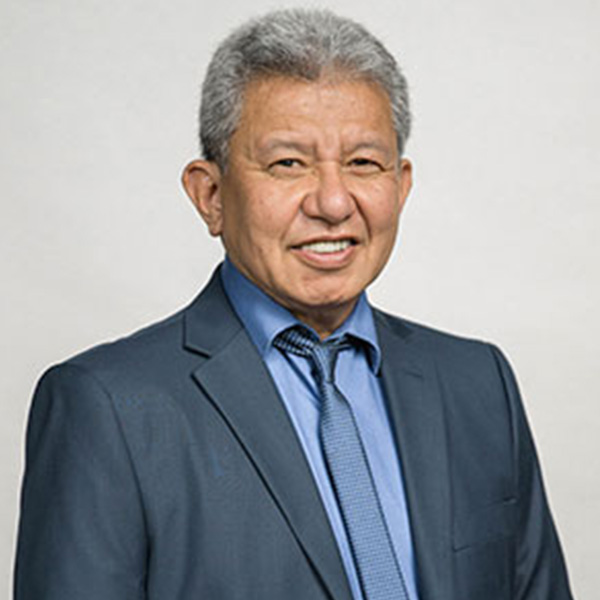Ways to Handle Maternal Separation Anxiety With A New Baby

What is Separation Anxiety?
You have probably heard of separation anxiety, generally in the context of children, or even pets, becoming anxious when separated from their primary caregiver. It can also be very distressing for a caregiver, especially a mom, to leave a a little one when they are upset, leading to their own separation anxiety.
What is Maternal Separation Anxiety?
When babies have separation anxiety, there is generally a tantrum involved – crying and clinging to mom. Mother’s symptoms may not be so clearcut. Maternal separation anxiety can manifest as irritability or even anger, a need to control every aspect of the child’s care, and catastrophic thinking. It can even cause physical symptoms, like nausea, headache, and a racing heart.
How Does Separation Anxiety Feel?
Being concerned for your child is absolutely normal. What’s more, anxiety is also normal, and serves the purpose of helping us deal with danger and face down challenges. So, if it’s normal to feel anxious and concerned, when does separation anxiety start, evolving from these normal feelings? It often happens during a big transition, like going back to work and leaving your child in the care of another person. Big changes, on top of everyday stress, can make our brains overestimate the danger, leaving us feeling desperate and afraid.
Signs of Separation Anxiety in Mothers
A mother experiencing separation anxiety may feel guilty, and if the baby is crying because of his or her own separation anxiety, that guilt can be intensified. Mom may worry excessively, imagining dire circumstances that are unlikely but frightening. While she probably won’t throw a tantrum, she may cry, out of an oppressive feeling of sadness. She may have nightmares about separation, and even experience physical symptoms, including headaches, nausea, and heart palpitations, at the very thought of being separated from her child.
How Moms Deal With Anxiety: The Tend-and-Befriend Theory
When discussing anxiety, the term fight, flight, or freeze is often used, describing how our bodies react to dangerous situations by fighting, running away, or freezing. The term for the way moms typically handle anxiety is called tend and befriend. In times of stress, moms retreat to tend to their offspring, and then engage a social network to help them, understanding that having support is important in facing down stressful situations. Taking care of children helps reduce stress, because it creates a biological reaction to release oxytocin, a neurotransmitter that calms the sympathetic nervous system. Maternal separation anxiety is an adaptive stress response, because it inspires us to protect our children, which decreases anxiety. However, when maternal separation anxiety is excessive, it can interfere with our daily lives and negatively impact both mental and physical health.
Tips for Parents with Separation Anxiety
The good news is that dealing with maternal separation anxiety can also be beneficial to the child. Often, the mother’s mood can impact the mood of the baby, and when the mother is showing signs of anxiety, it can increase the child’s anxiety. Learning to manage your separation anxiety, helps you more effectively manage your child’s.
Understand that this will pass. When do babies realize they are separate from mom? Generally, it happens between six and nine months of age, when the baby begins to understand object permanence. Once your baby knows that the two of you are different people, it makes sense that there would be anxiety over the idea that you can leave. Separation anxiety is a normal phase of development, and shows healthy attachment to you. There is no reason for a guilt reaction to your child’s separation anxiety, and it is important to resist giving into the guilt you do feel. Leaving your child and then coming back helps create a sense of stability, and allows your child to learn to overcome anxiety.
Build up to separation slowly. For both mom and baby, it is best to ease into separation, instead of jumping right in all at once. If you know you will be going back to work, begin leaving your little one with other people about two months ahead of your return date. Start with short periods of time, gradually building up to the amount of time you will typically be gone on a workday. If possible, leave your baby with the same person each time, because this will help build trust, familiarity, and a feeling of comfort.
Get comfortable with the caregiver. Whether you are leaving your baby with a family member or a babysitter, it can be nerve-wracking. If you are using a babysitter, take time to get to know the person, and let your baby get to know the babysitter with you. Spend time hanging out together, then leave the room for a few minutes at a time, increasing the time each time you go. This will help build trust in the babysitter, not only for your baby, but also for you. No matter who will be caring for your baby, take some time to talk to that person, providing as much preparation and information as you believe they will need to care for your child. Being clear about your expectations and your baby’s needs will not only set the caregiver up for success, but it will help you put some of your worries to rest.
Take time for yourself. If you don’t plan on going back to work after your baby’s born, letting someone else care for your child is still important. You still have needs as a person, and even if you are planning to be a stay-at-home mom, carving out time for yourself is healthy because it can help prevent caregiver fatigue for you, and make your baby more confident.
Journal your concerns. It can be helpful to write down all of your fears, as a way of letting go of them. Even if some of your fears are deeply rooted and can’t just be released, writing them down helps you name them, analyze them, and come up with a strategy for managing them.
Practice mindfulness, positive visualization, and acceptance. Mindfulness is focusing on the present moment, letting negative thoughts pass by without giving them too much attention. Stay in the moment, and when you think about picking up your child, visualize a positive outcome. If you are troubled by persistence of negative imagery, let yourself think about that, and consider how you would handle it. Having a strategy in place allows you to confidently proceed with your day. It may also help to view your anxiety as something you’re just going to have to accept and move through.
Talk about it. It can help to have someone you trust lend a listening ear. Explain to your friend or coworker that you don’t want advice, you just want to talk about the anxious feelings you are having regarding leaving your baby. If possible, discuss your anxiety with your partner. Ideally, you can confide in each other over your concerns about parenting, and help alleviate each other’s concerns. You might also consider therapy, enlisting a therapist to listen to your concerns and develop a treatment plan that will help you confidently move past fear and anxiety.
Brevard Health Alliance Can Help
Whether you are looking for help managing anxiety, a primary care physician, a caring pediatrician, or some other form of medical care near Brevard County, Brevard Health Alliance, Inc. is here for you. Brevard County’s only Federally Qualified Health Center, BHA offers extensive health care services on a sliding-fee scale, so that we can treat residents regardless of their ability to pay. Since 2005, we’ve been committed to providing an extraordinary quality of care for our patients in order to improve the health status of Brevard County, offering not only primary care services, but also behavioral health services, dental services, diagnostic services, resource management services, pharmacy services, women’s health care and obstetrics, Hepatitis C and HIV services, extended hours pediatric walk-in care, and specialty referrals. For more information, to find a location, or to make an appointment, contact us through our website.
















































































































































